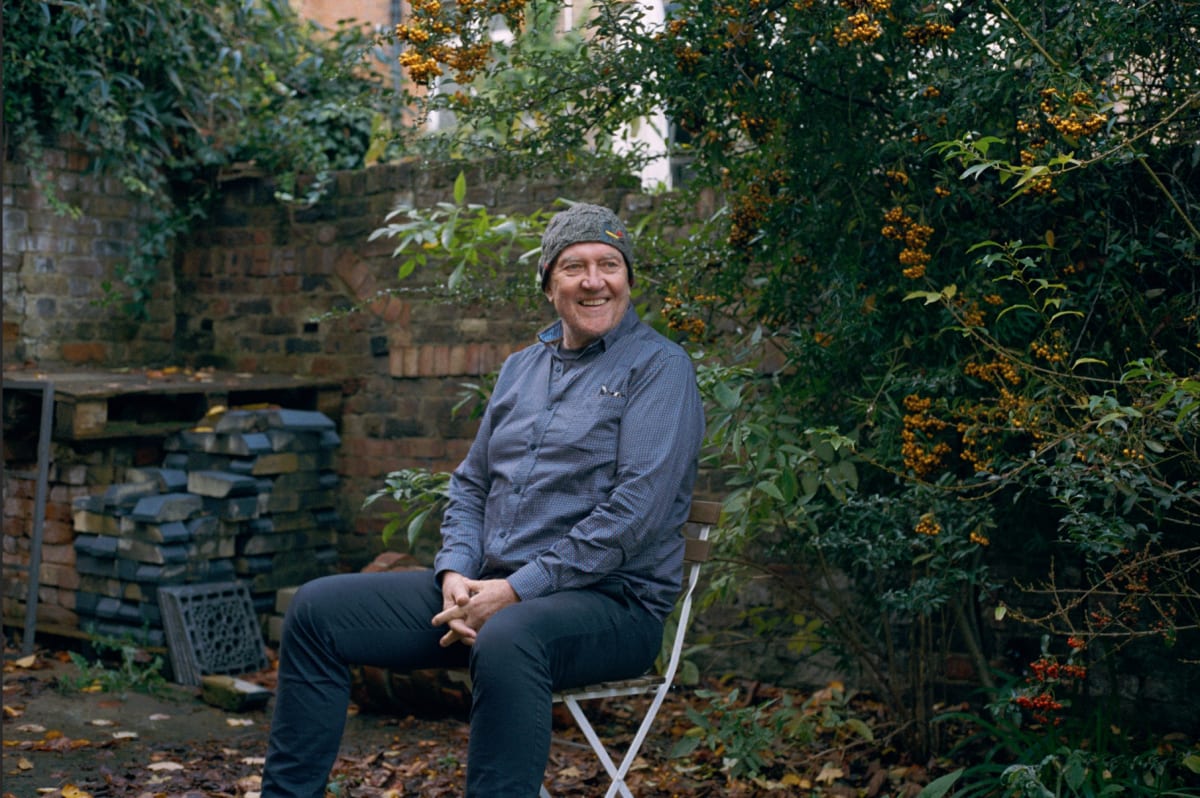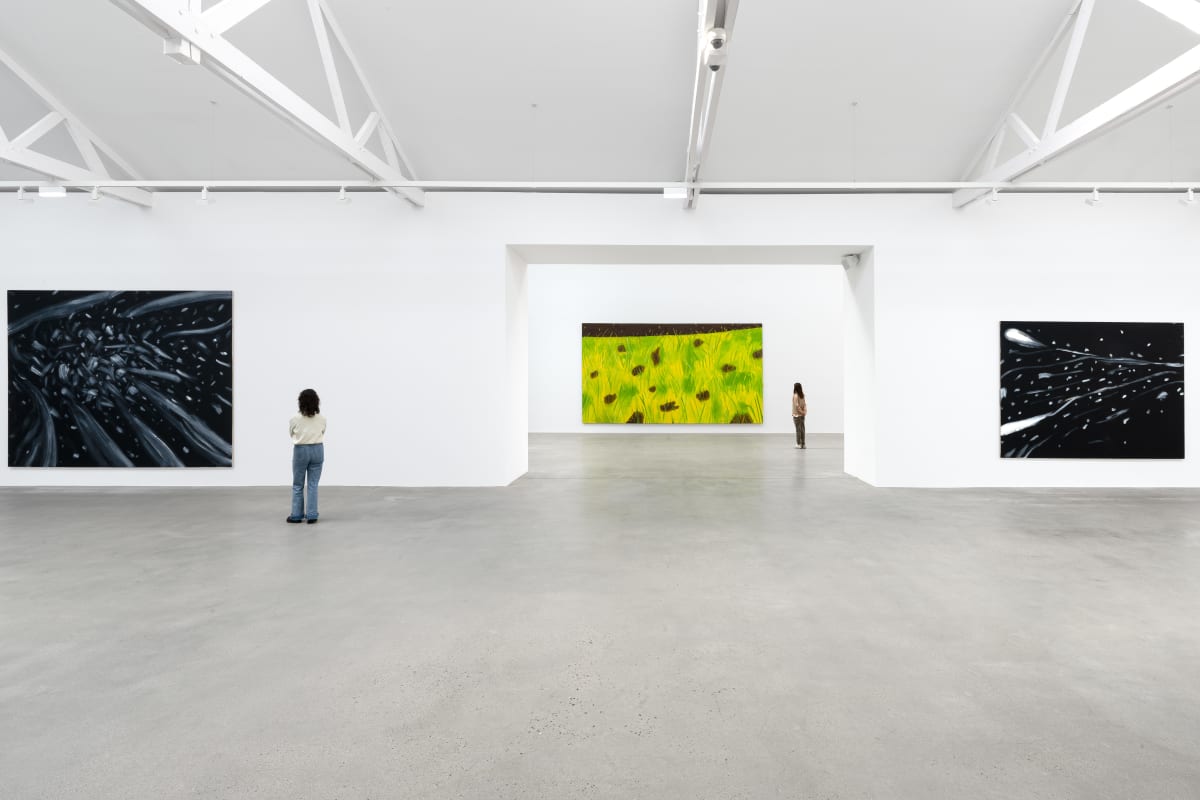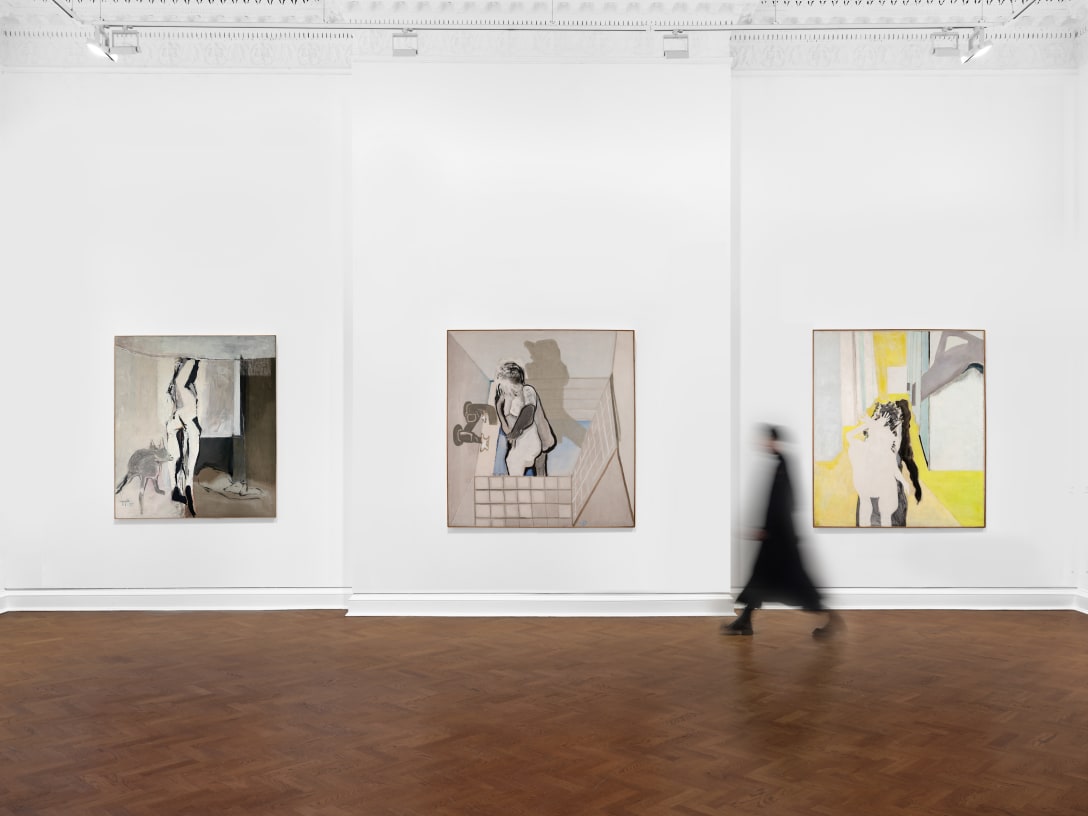Featured in Stride Magazine
Endangered Sky by Sean Scully & Kelly Grovier Review by Jonathan Evens . (This link opens in a new tab).
27 June 2023
This book began in April 2021 when, while visiting the Bahamian island of Eleuthera with his wife and son, the artist Sean Scully began drawing on his iPhone as he sat on a balcony. The new medium enabled him to work with the rhythms of his stacks of abstract colour but in fresh, new and impressionistic ways.
Excited by this new development he shared, by email, one of these new works with his friend, the cultural critic and poet, Kelly Grovier. Grovier, equating the electric greens and phosphorescent yellows of Scully’s drawing, to the plumage of the Sun Parakeet, about which he had just been reading, responded with a poem about the endangered South American conure. Quickly, the two friends realised the possibility for a collaborative project that would meditate, visually and verbally, on a crisis about which both are passionately concerned: the vanishing beauty of the world’s imperilled bird population. Endangered Sky is the result.
Grovier is the author of three collections of poetry with Carcanet Press and is co-founder of the international scholarly journal European Romantic Review. He is a feature writer for BBC Culture and his writings on art have appeared in The Times Literary Supplement, The Independent, The Sunday Times, The Observer, RA Magazine and Wired. He has written widely on the Romantic poets, especially Wordsworth and Keats. By turns elegiac and playful, his poems 'speak from a world of fragmented philosophies and troubled meditations.' His friendship with Scully, originally prompted by reflection on a Scully print in the café of a Welsh railway station, has also resulted in On the Line: Conversations with Sean Scully, a record of countless hours of conversations between Scully and Grovier in which the painter reflects on his extraordinary journey – from homelessness on the streets of Dublin in the mid-1940s to his current position as one of the most important abstract artists working today.
For this collection, Grovier has devised a fresh verse scheme that he calls an alula, after the ornithological term for the small group of feathers on a bird’s wing that give it lift in flight, where the stanza’s five lines are distinguished by diminishing length from start to finish.
Scully’s drawings either set splashes of colour within grey seas or grey cages or saturate his grids with vibrant layered colours. Grovier’s words conjure up the free movement of these natural miracles, while the content of his poems transports us from the plight of the birds to their place in the symbolism of love – love being 'swifter than the blue swallow’s eye' and 'time’s timeless point.' The movement and the plight are both compellingly described and linked in ‘Little Forest Angel’:
just whistle with
a wiggle of your
green-
tip
wing and your tail bright blue,
as the weary world waves
goodbye to you
Elsewhere, Grovier reflects movingly on the nature of death, suggesting ways in which, despite possible extinction, something of a bird such as the New Caledonian Lorikeet, might live on:
If death is never truly loss but mere
dispersal, a slow exchange
of self for immensity
of infusion, we
will ...
hear
your sapphire crown still humming
in the silent hymns
of the morning
mist.
His reflections range beyond the physical being and plumage colours to encompass history and human perceptions of these birds, as with ‘Red and Blue Lory’ where the bird's mythical history blurs
the line between a world that isn't
and one that can never
be again.
As he explores both their mythical resonance and tangible plight, Grovier's images are often startlingly succinct and revealing, as with ‘Scarlet Honeycreeper’ where it is:
As if your grapnel beak
has jimmied a door
to the invisible,
your song is
a rusted
hinge – a creak echoing
from the indigo
bellflowers
of no-
where.
It is entirely possible that many of these amazing and beautiful birds will end up precisely nowhere if the awareness of their plight that Scully and Grovier seek to raise is not achieved and yet, despite the potential for disaster, the volume ends with the potential of these birds to generate love; love being swifter, sweeter and lighter than the 'echoing flash' of these birds in flight and also being the timeless point of time itself.
Excited by this new development he shared, by email, one of these new works with his friend, the cultural critic and poet, Kelly Grovier. Grovier, equating the electric greens and phosphorescent yellows of Scully’s drawing, to the plumage of the Sun Parakeet, about which he had just been reading, responded with a poem about the endangered South American conure. Quickly, the two friends realised the possibility for a collaborative project that would meditate, visually and verbally, on a crisis about which both are passionately concerned: the vanishing beauty of the world’s imperilled bird population. Endangered Sky is the result.
Grovier is the author of three collections of poetry with Carcanet Press and is co-founder of the international scholarly journal European Romantic Review. He is a feature writer for BBC Culture and his writings on art have appeared in The Times Literary Supplement, The Independent, The Sunday Times, The Observer, RA Magazine and Wired. He has written widely on the Romantic poets, especially Wordsworth and Keats. By turns elegiac and playful, his poems 'speak from a world of fragmented philosophies and troubled meditations.' His friendship with Scully, originally prompted by reflection on a Scully print in the café of a Welsh railway station, has also resulted in On the Line: Conversations with Sean Scully, a record of countless hours of conversations between Scully and Grovier in which the painter reflects on his extraordinary journey – from homelessness on the streets of Dublin in the mid-1940s to his current position as one of the most important abstract artists working today.
For this collection, Grovier has devised a fresh verse scheme that he calls an alula, after the ornithological term for the small group of feathers on a bird’s wing that give it lift in flight, where the stanza’s five lines are distinguished by diminishing length from start to finish.
Scully’s drawings either set splashes of colour within grey seas or grey cages or saturate his grids with vibrant layered colours. Grovier’s words conjure up the free movement of these natural miracles, while the content of his poems transports us from the plight of the birds to their place in the symbolism of love – love being 'swifter than the blue swallow’s eye' and 'time’s timeless point.' The movement and the plight are both compellingly described and linked in ‘Little Forest Angel’:
just whistle with
a wiggle of your
green-
tip
wing and your tail bright blue,
as the weary world waves
goodbye to you
Elsewhere, Grovier reflects movingly on the nature of death, suggesting ways in which, despite possible extinction, something of a bird such as the New Caledonian Lorikeet, might live on:
If death is never truly loss but mere
dispersal, a slow exchange
of self for immensity
of infusion, we
will ...
hear
your sapphire crown still humming
in the silent hymns
of the morning
mist.
His reflections range beyond the physical being and plumage colours to encompass history and human perceptions of these birds, as with ‘Red and Blue Lory’ where the bird's mythical history blurs
the line between a world that isn't
and one that can never
be again.
As he explores both their mythical resonance and tangible plight, Grovier's images are often startlingly succinct and revealing, as with ‘Scarlet Honeycreeper’ where it is:
As if your grapnel beak
has jimmied a door
to the invisible,
your song is
a rusted
hinge – a creak echoing
from the indigo
bellflowers
of no-
where.
It is entirely possible that many of these amazing and beautiful birds will end up precisely nowhere if the awareness of their plight that Scully and Grovier seek to raise is not achieved and yet, despite the potential for disaster, the volume ends with the potential of these birds to generate love; love being swifter, sweeter and lighter than the 'echoing flash' of these birds in flight and also being the timeless point of time itself.












































































































































































